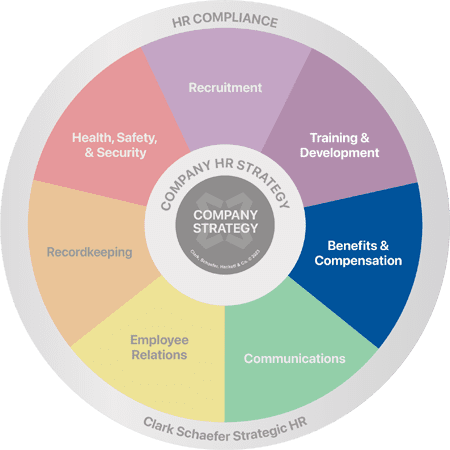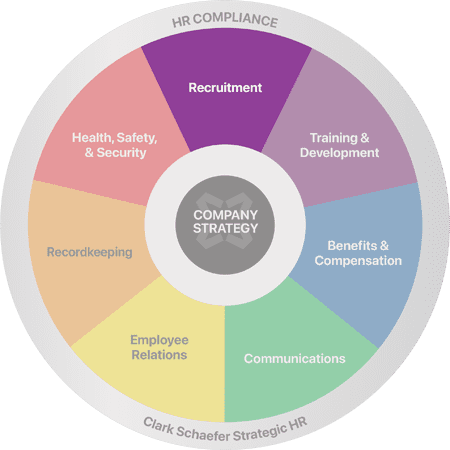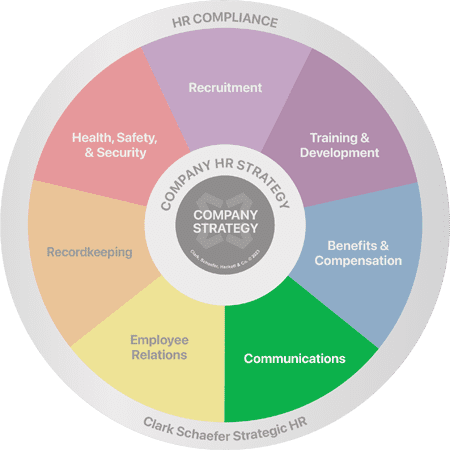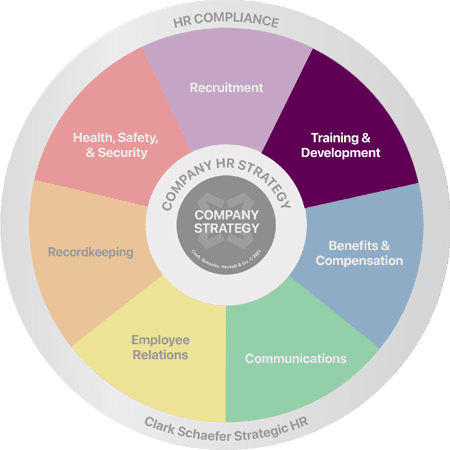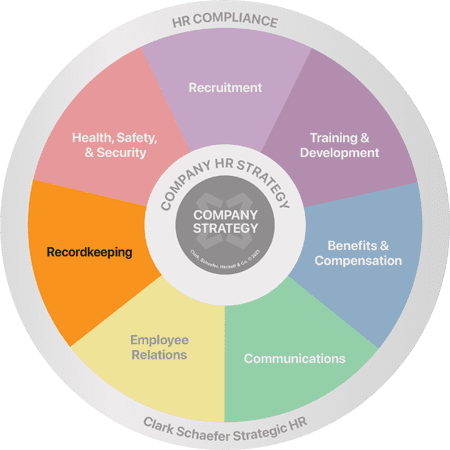Should We Abolish Performance Improvement Plans?
Last Updated on June 8, 2022 / Employee Relations

What is a PIP?
A performance improvement plan (or PIP), as defined by the Society for Human Resource Management (SHRM), is a tool utilized specifically to provide employees with an “opportunity to succeed,” rather than lose their job. PIPs provide two important features: first, to provide a timeline for improvement; and second, to create documentation of performance-related discussions. This means PIPs can be for anyone in the organization – strong performers, over-achievers, under-achievers, executives, or entry-level employees.
Organizations utilize PIPs in order to provide a clear path to success in partnership with an employee’s manager. Particularly in a difficult or limited candidate market, PIPs are best utilized as a retention tool to re-engage and improve an employee’s performance before the relationship between the employee and employer is beyond repair. However, that’s not always the case.
In early 2022, LinkedIn News published an article encouraging a revolution or reevaluation of performance improvement plans. Many employees identified the negative connotation that they associate with PIPs, arguing that they saw PIPs being used to “manage an employee out” of an organization, rather than being used to provide developmental opportunities to address goals or performance. In fact, some volunteered their own experiences of meeting or exceeding expectations, only to be placed on a PIP when there were internal disagreements or frustrations, encouraging the employee to look elsewhere for a job.
So should organizations abolish the use of performance improvement plans altogether? Or are there ways that we as HR professionals can improve the PIP process to utilize the process correctly and better serve our employees?
Ask Yourself “Why?”
As mentioned earlier, the goal of a PIP is to be used for developmental reasons (i.e. should there be performance goals to meet or behaviors that need to be changed for a successful and harmonious workplace).
As organizations take a closer look at how they utilize a PIP, it’s important to first ask why it may be necessary. Is the employee in question failing to meet performance goals? Or is there a behavior-related concern that’s impacting the workplace? A performance improvement plan may be appropriate here, as long as the intended result is an achievable improvement in a reasonable about of time.
If the answer to “why” is to eliminate a person from the organization, or encourage their resignation, then the PIP is being misused. Sometimes, organizations may utilize PIPs if they don’t have other ways or disciplining or managing poorly improving employees who aren’t a fit for the company. If that’s the case, the solution isn’t a performance improvement plan, but a clearly laid-out warning/discipline process instead.
Clearly Define Your Plans and Language
Some managers use the PIP because it doesn’t sound disciplinary when they’re really trying to manage someone out. As a result, the term has gained a negative connotation because it’s been used as a way to punish instead of encouraging to improve. The term “PIP” has even gained such a negative connotation that employees may immediately start looking at other roles for fear that termination is right around the corner.
To alleviate employee concerns and refocus employees on the real goal of a performance improvement plan, consider changing the language around the PIP. Maybe, instead of a “performance improvement plan”, consider calling it an “individual development plan.” After all, the goal is to refocus both the manager and the employee on the person and their individual success, rather than focusing solely on performance. This allows the tool to be used for anyone at any time – not just when there needs to be a marked performance improvement. By asking questions such as “how do you want to improve, how do you want to grow, how do you want to better yourself?”, managers can turn the implication of performance improvement plans around from “impending termination” to “invested growth.”
But, suppose the goal is truly to encourage an employee to consider another career path or to cut ties. In that case, it’s important to clearly define the language you plan to use while having an honest conversation with the employee and implementing a disciplinary form. Being sure to include an escalating path of written and verbal warnings, performance meetings, and deadlines will make terminations easier from a documentation and expectations perspective.
Timing (Implementation)
We owe it to people to coach and develop them before it’s too late. It’s uncomfortable to have frank conversations about performance, and most people prefer to look away until it’s too bad to ignore. But it shouldn’t be negative – feedback is a gift. There are so many people who don’t give feedback and expect them to read minds.
As in any coaching instance, it’s important to deliver the feedback – good or bad – as close to the instance the action happened as possible. But how you deliver it in the moment can be key. If the message comes from a place of truly caring about the person and wanting them to improve – be it their performance, approach, or level in the company – that should come across. And by being sure to use a coaching tone in the conversation rather than a disciplinary one, encourages employees to become invested in their own improvement rather than fearing being “caught doing something wrong.” In the end, it’s about assessing and respecting the difference between corrective action (which doesn’t have to be negative) and disciplinary procedures.
In this candidate-driven market, it’s difficult to find the talent that you need to continue to grow your business. Retention tools, such as performance improvement plans, can help you fully utilize and elevate your employees to greater heights (when used correctly). As you continue to assess your employee relations and development tools, consider re-evaluating how you might use performance improvement plans and disciplinary action to best support your employees and your company’s strategic goals.
Thank you to Cecilia Vocke, MS, SHRM-SCP, SPHR for contributing to this Emerging Issues in HR.
Strategic HR understands the value of retaining your workforce through good Employee Relations. We’ve helped companies nurture their cultures by designing/updating employee handbooks, creating reward and recognition programs, providing training for safe and productive workplaces, gathering feedback through employee surveys, pulse surveys, focus groups, and more. Learn more about our Employee Relations Services, or contact us.


